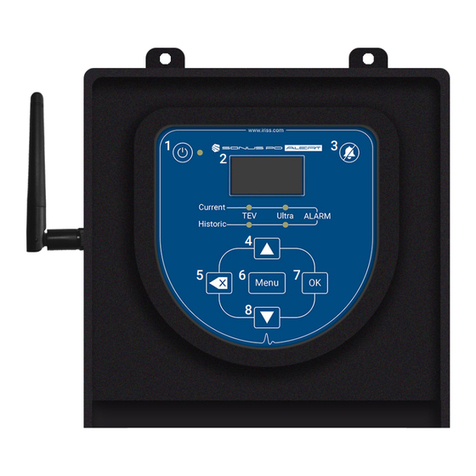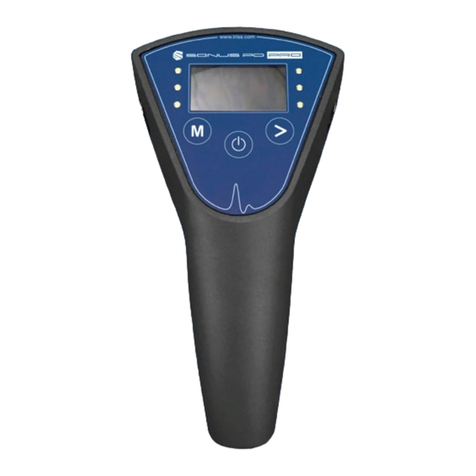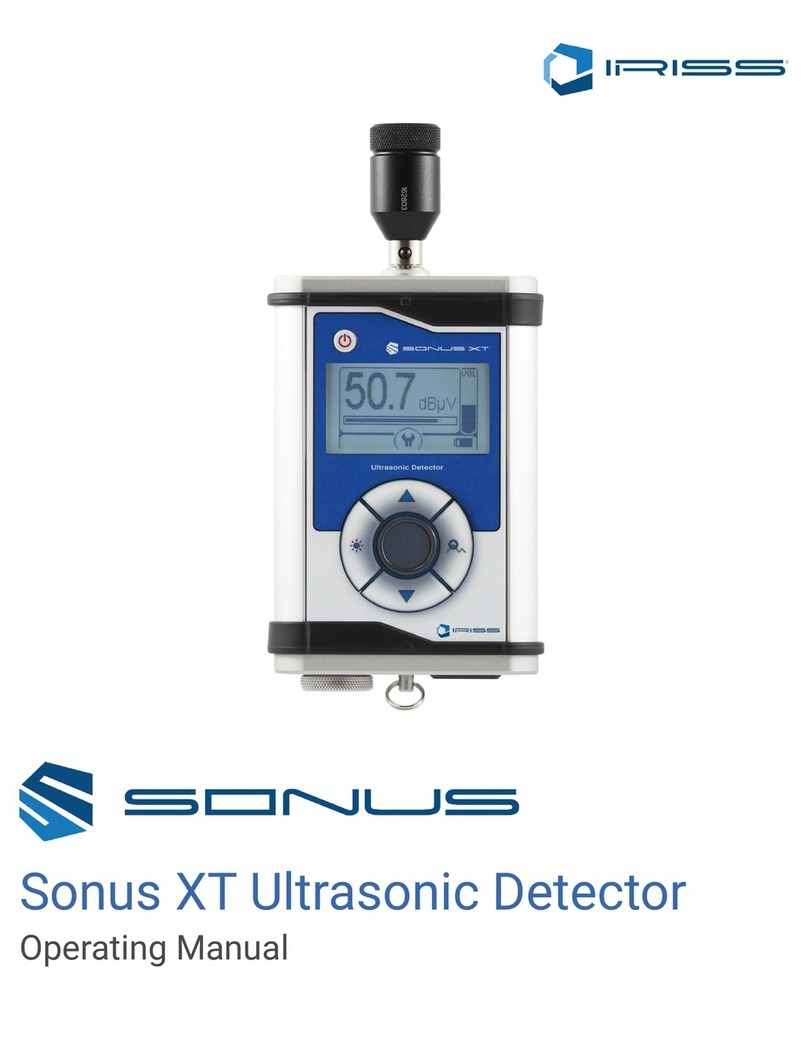Sonus PD Ultrasonic Detector10
The Test Engineer shall only enter the customer’s switchyard or substation after they have received permission from an
Authorised Person appointed by the Plant Owner. If in doubt on any matter the Plant Owner’s High Voltage safety rules
should be consulted by theTest Engineer(s) who will carry out the testing.
On entry to the test area a visual inspection of the area should be carried out by the Test Engineer(s). This should enable
the operator to identify any potential hazards in the area and to assess both the type of equipment to be tested and the
method of doing so. (i.e. Switchgear using CC sensors or Cables using HFCT sensors) Only when this visual inspection
has been completed can the equipment be set-up for testing.
6.2 Visual Inspection of Substation
6 General Substation Safety Precautions
Before using the Sonus PD in the substation or switchyard it is important for the user to read and
understand the following general safety information
The test engineer should obey the plant owner’s High Voltage safety rules at all times. The following safety rules which
are particular to the Sonus PD equipment should be applied in addition to the existing safety rules, which are required by
the plant owner. General safety rules for the use of the Sonus PD are as follows:
1. Avoid working alone.
2. Only authorized personnel with appropriate Health and Safety Training should use the equipment.
3. Do not use the equipment if it is damaged, or its safety is impaired in any way.
4. Inspect and test all ground leads and signal cables for continuity.
5. The User should have read and understood the appropriate equipment manuals.
6. Always select the appropriate sensor and sensor connection for the application.
7. The instrument has been designed for use only on the grounded, outer surfaces of metal-clad equipment and
the ground/neutral connections of cables/switchgear. Under no circumstances should the Sonus PD sensors be
connected to the high voltage terminals of HV Plant under test.
8. Always maintain Safety Distances between the instrument, PD sensors, the operator and any high voltage
components.
9. Do not disturb or interfere with the high voltage equipment in any way.
10. The User should wear sensible and appropriate PPE and clothing when in the substation.
6.1 Access






























